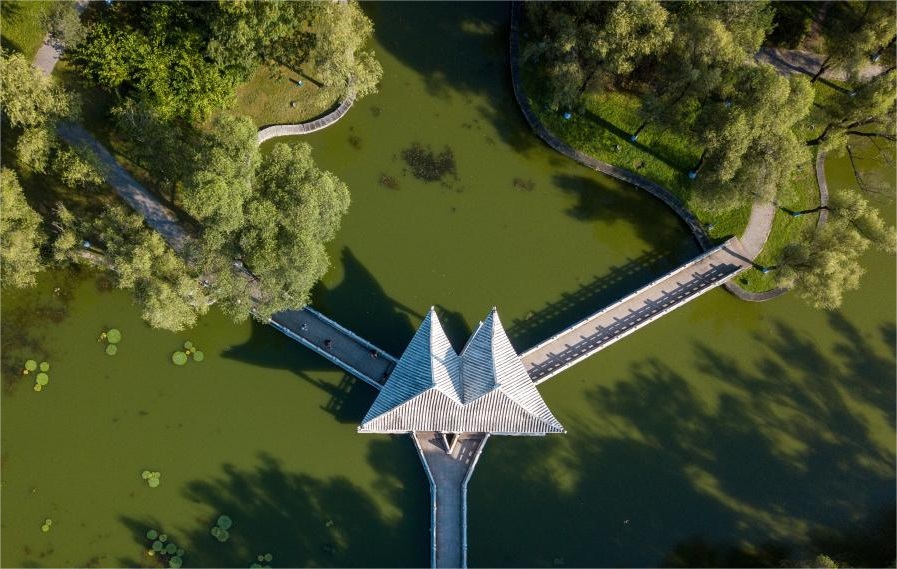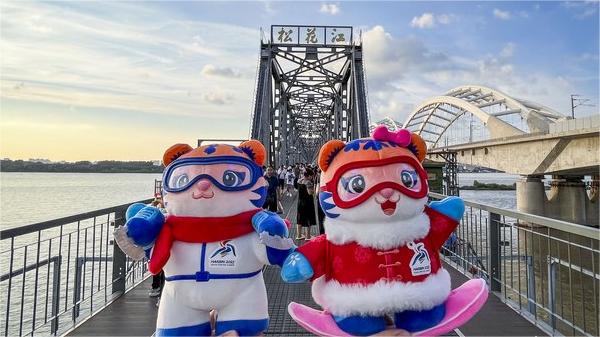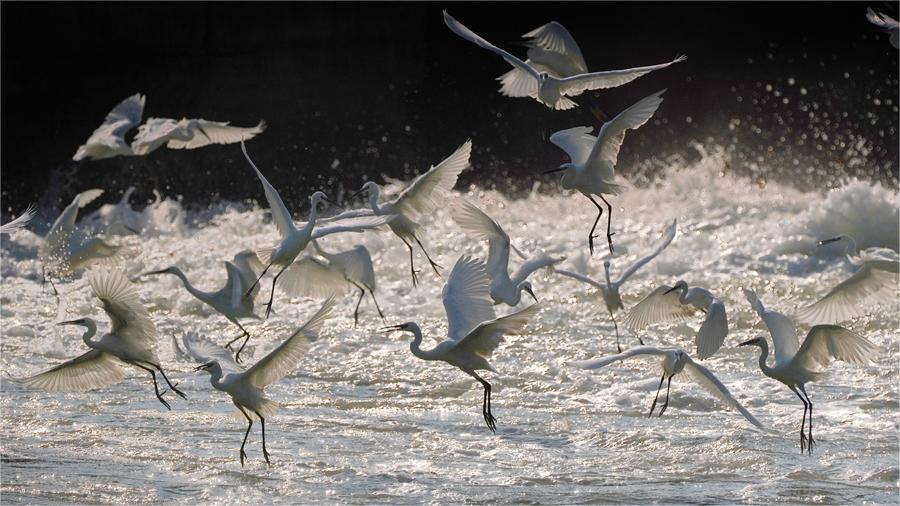Millennium-old porcelain capital in China embraces new vitality
Known as the millennium-old "porcelain capital" of China, Jingdezhen city in east China's Jiangxi Province has transformed from a ceramic manufacturing powerhouse into a "cultural and creative capital" in recent years, exuding new vitality.
With more than 2,000 years of ceramic-making history, over 1,000 years of official kiln history and over 600 years of imperial kiln history, Jingdezhen has a complete porcelain industrial chain and a rich cultural heritage.
Ceramic "gene bank"
Two years ago, the world's first "gene bank" of ancient ceramics was inaugurated in Jingdezhen. The "gene bank" mainly collects ceramic specimens in fragment, section, slice and powder forms, and traces information of these ceramic specimens.
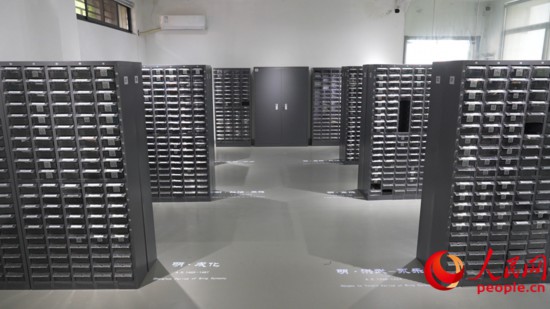
Photo shows typical specimens in the "gene bank" of ancient ceramics in Jingdezhen city, east China's Jiangxi Province. (People's Daily Online/Kong Wenjin)
Thanks to the application of modern sophisticated equipment, at least 100 pieces of information can be extracted from just a piece of ancient ceramic fragment, Tong Yuting, a researcher told People's Daily Online.
Nearly 20 million pieces of ceramic shards have been processed into specimens and incorporated into the "gene bank."
Weng Yanjun, head of the Jingdezhen Imperial Kiln Museum, said the "gene bank" has collected data on over 2,000 pieces of physical specimens. It has also developed and used robots to accelerate the processing of ceramic specimens.
Studying the data collected by the "gene bank" helps restore the firing process and raw material formula of ancient ceramic specimens, Weng noted. The information can be used to build elaborate models for exhibitions, cultural relic protection and 3D printing. The information can also offer science-based support for the development of ceramic cultural products, Weng added.
Welcoming entrepreneurs and artists
Jingdezhen has become a magnet for young entrepreneurs. At present, more than 60,000 people from other places, including foreigners, have settled in the city.
Jiang Huanxi came to Jingdezhen and started his business after he graduated from college in 2019.
"The cost of starting a business here is low, while new graduates from universities and colleges who start businesses here are offered one-off grants, interest-free loans, and other favorable policies," Jiang said. Today, Jiang owns his own studio in the city.
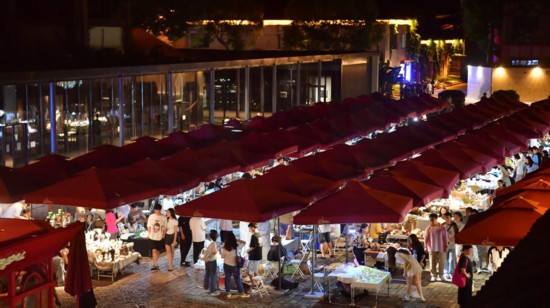
People visit the Taoxichuan Ceramic Culture Creative Park in Jingdezhen city, east China's Jiangxi Province. (Photo courtesy of the publicity department of the Communist Party of China Jingdezhen municipal committee)
"Young entrepreneurs require relatively low startup costs and a friendly environment. It's crucial to provide them with relevant industry policies and supportive policies, as well as affordable housing and living costs," said He Ding, an associate professor at the School of Architecture and Urban Planning, Beijing University of Civil Engineering and Architecture.
He added that Jingdezhen's fascinating historical culture and open and inclusive cultural foundation are fundamental to attracting and retaining young entrepreneurs. Together these entrepreneurs and the cultural foundation continuously spur the city's development.
Jingdezhen has also drawn artists from around the world, with the Taoxichuan International Art Center in Taoxichuan, a cultural and creative block, receiving over 3,000 domestic and international artists.
The influx of artists and young people has not only injected vitality into the city, but also changed the city's rhythm and optimized its entrepreneurial environment, accelerating the modern transformation of the millennium-old porcelain capital, said Zhang Jingjing, dean of the International School of Jingdezhen Ceramic University.
Tourism boom
Additionally, Jingdezhen has attracted both domestic and foreign tourists. The creative market in Taoxichuan, with over 500 stalls selling a variety of ceramic handicrafts, has become a cultural and tourism landmark in the city. As the night descends every Friday, Saturday and Sunday, the creative market buzzes with a constant flow of visitors.

Tourists select products at the creative market in Taoxichuan, a cultural and creative block in Jingdezhen city, east China's Jiangxi Province. (People's Daily Online/Shi Yu)
Jingdezhen's ability to attract throngs of tourists and enjoy brisk sales of ceramic products is inseparable from its millennium-old ceramic cultural heritage and innovation, said Sheng Jingjing, head of the culture, radio, television and tourism bureau of Jingdezhen.
During this summer holiday, Jingdezhen has once again seen a peak in visitor numbers, with the Jingdezhen China Ceramics Museum alone receiving over 60,000 tourist visits in the first week of the holiday.
Jingdezhen will further integrate culture and tourism, promote industrial upgrading, and establish itself as a world-renowned destination for ceramic culture and tourism, thus breathing new life into the development of the millennium-old porcelain capital, Sheng added.
Photos
Related Stories
- Worldwide ceramic innovators drawn to Jingdezhen, China's porcelain capital
- Worldwide ceramic innovators drawn to Jingdezhen, China's porcelain capital
- In pics: Jingdezhen full of vigor as China's "porcelain capital"
- Global artists pursue dreams in Jingdezhen, China's "porcelain capital"
- High-speed railway puts millennia-old "porcelain capital" on faster development track
- Innovation breathes new life into Jingdezhen ceramics
- More youth chase dream in China's porcelain capital
- Jingdezhen in China's Jiangxi injects new vitality into city's development
- The secret to Jingdezhen's pre-eminence in porcelain
- Live-action performance “china” debuts in Jingdezhen, Jiangxi
Copyright © 2024 People's Daily Online. All Rights Reserved.






